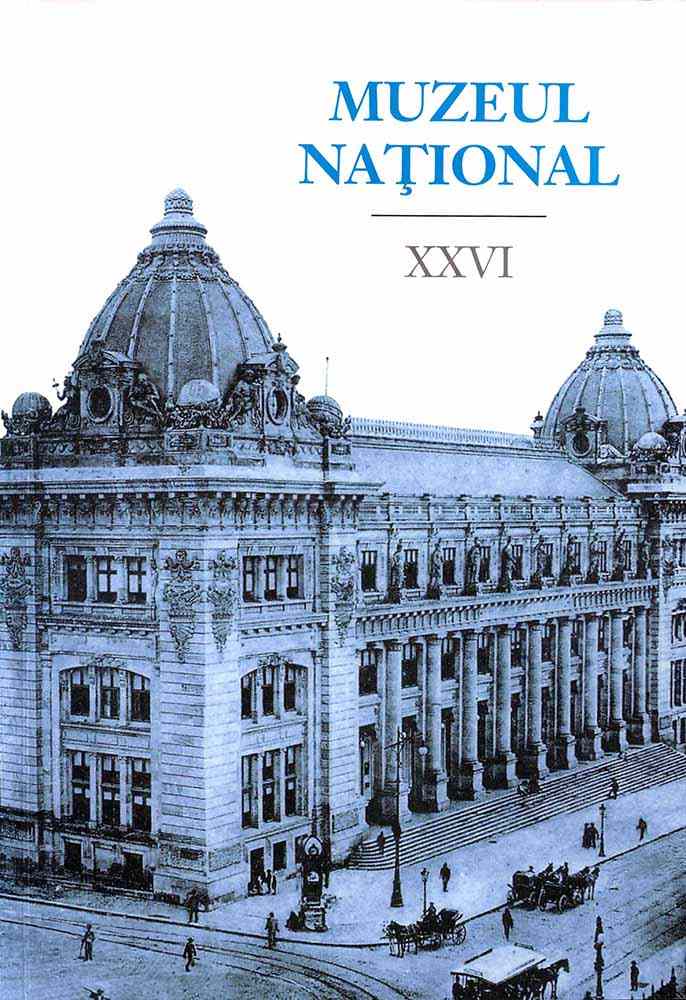| Excerpt |
Present Meissen Factory, placed near Dresden, in Germany, was founded under the high patronage of Augustus II (the Strong), Elector of Saxony and King of Poland, after experimental work from c. 1694 by E. W.von Tschirnhausen and, from 1704, by J. F. Böttger. During the First Period, 1710-1756 defined by the baroque and the rococo styles, tableware was decorated with chinoiseries, landscapes, harbour scenes, Watteau subjects, floral sprays with gild scroll borders. Following this period, work resumed in 1763. After the Seven Years War, the period 1763-1764 was known as the Dot Period characterized by the neo-classical style, style that persisted next period, between 1774-1814 and between 1833-1870 (Kühn period). The new decades brought the New Period 1833-1870, characterised by the revived rococo style and the Jungendstil period, 1890-1910. The National History Museum of Romania holds a tea-service marked by Meissen, for two persons, decorated with harbour scenes. This tête-à-téte tea service rises some problems about its provenance, dating and authenticity. |

